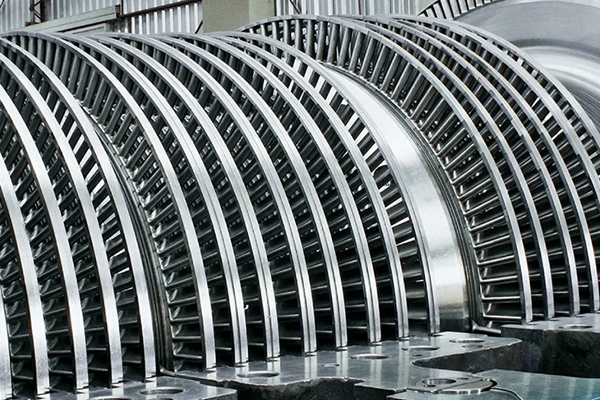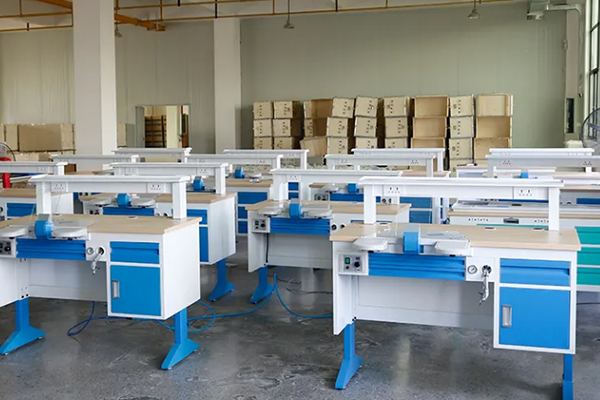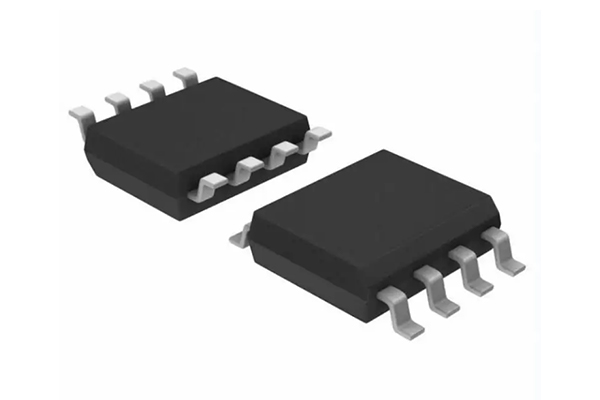Surprising Facts About Ceramics You Didn't Know
Description
Ceramics are ubiquitous – from domestic applications to advanced aerospace components. Although many people associate ceramics with fragile dishware or tiles, these materials display measurable properties that exceed ordinary expectations. The following facts, supported by quantitative data, illustrate ceramics in detail.
1. Ceramics Withstand Extreme Temperatures
Some ceramics can endure temperatures exceeding 2 000 °C (3 600 °F) without melting. This attribute renders them essential in aerospace components, jet engines and industrial furnaces.
2. They Are Harder Than Steel
Certain ceramics, including silicon carbide and boron carbide, exhibit hardness values that surpass those of steel and approach the measured toughness of diamond.
3. Ceramics Are Used in Bulletproof Armour
Engineered ceramic plates composed of aluminium oxide and boron carbide are lightweight yet strong enough to stop projectiles. They are utilised in bulletproof vests and other protective armour systems.
4. They Are Employed in Medical Implants
Ceramic materials such as zirconium dioxide and hydroxyapatite are used in dental crowns, hip prostheses and bone grafts owing to their biocompatibility and durability.
5. Some Ceramics Are Transparent
Specialised ceramics such as aluminium oxynitride (ALON) are transparent while providing greater mechanical strength than conventional glass. They are applied in ballistic windows and high-precision optical systems.
6. Ceramics Are Utilised in Electronics
Smartphones, laptops and televisions incorporate ceramic components including capacitors, semiconductors and insulators because ceramics offer excellent electrical resistance.
7. They Are Among the Earliest Materials Produced by Humans
Humans have manufactured ceramics for over 10 000 years. Ancient civilisations employed them in pottery, tool production and early writing tablets.
8. Technical Ceramics Exhibit Enhanced Impact Resistance
Traditional ceramics such as pottery are brittle; however, technical ceramics can be engineered to be impact resistant. This quality supports their use in aerospace and military applications.
9. They Contribute to Pollution Reduction
Ceramic filters are used in air and water purification systems and in catalytic converters that reduce vehicular emissions by specific, quantifiable percentages.
10. Some Ceramics Possess Self-Healing Capabilities
Researchers have developed self-healing ceramics that repair small cracks over time. These materials find application in aircraft and other heavily stressed systems. Further information is available at Stanford Advanced Materials (SAM).
Advanced Ceramics: Alumina, Zirconium Dioxide and More
-Alumina (Al₂O₃)
Alumina, also known as clay or aluminium oxide, is a widely employed advanced ceramic. It offers high hardness, wear resistance and excellent electrical insulation. It withstands elevated temperatures and is suitable for oven components and refractory materials. In electronics, alumina serves as a substrate because of its thermal stability. In medical fields, its biocompatibility renders it essential for dental and orthopaedic implants.
-Zirconium Dioxide (ZrO₂)
Zirconium dioxide, often termed “ceramic steel”, is valued for its high toughness and crack resistance. It is employed in structural ceramics, dental crowns and hip prostheses. Its thermal insulation properties support applications in the automotive and aerospace industries.
--Boron Nitride (BN)
Boron nitride, also known as “white graphite”, combines high thermal conductivity with electrical insulation. It resists oxidation up to 1 000 °C and is used as a lubricant and release agent in high-temperature processes such as metallurgy and glass manufacture.
--Boron Carbide (B₄C)
Boron carbide is one of the hardest known materials. It is applied in armour systems, bulletproof vests and vehicle protection panels. Its reduced weight and high hardness support its use in abrasive media, cutting tools and wear-resistant industrial components.
Frequently Asked Questions
Why are ceramics suitable for medical implants?
Ceramics such as alumina and zirconium dioxide are biocompatible, chemically stable and resistant to wear and corrosion. Consequently, they are suitable for implants.
Are ceramics always brittle?
Conventional ceramics exhibit brittleness. However, modern ceramics such as zirconium dioxide are engineered to reduce brittleness.
How does boron nitride differ from graphite?
Boron nitride is an effective electrical insulator while offering lubricating properties and thermal conductivity that are comparable to those of graphite.
Why is boron carbide employed in armour applications?
Boron carbide exhibits high hardness and ballistic resistance. It absorbs and disperses impact energy, thereby providing effective protection.
Can ceramics conduct electricity?
Most ceramics act as electrical insulators. Certain specialised ceramics, such as conductive oxides, are capable of efficiently conducting electricity.

 Bars
Bars
 Beads & Spheres
Beads & Spheres
 Bolts & Nuts
Bolts & Nuts
 Crucibles
Crucibles
 Discs
Discs
 Fibers & Fabrics
Fibers & Fabrics
 Films
Films
 Flake
Flake
 Foams
Foams
 Foil
Foil
 Granules
Granules
 Honeycombs
Honeycombs
 Ink
Ink
 Laminate
Laminate
 Lumps
Lumps
 Meshes
Meshes
 Metallised Film
Metallised Film
 Plate
Plate
 Powders
Powders
 Rod
Rod
 Sheets
Sheets
 Single Crystals
Single Crystals
 Sputtering Target
Sputtering Target
 Tubes
Tubes
 Washer
Washer
 Wires
Wires
 Converters & Calculators
Converters & Calculators
 Write for Us
Write for Us
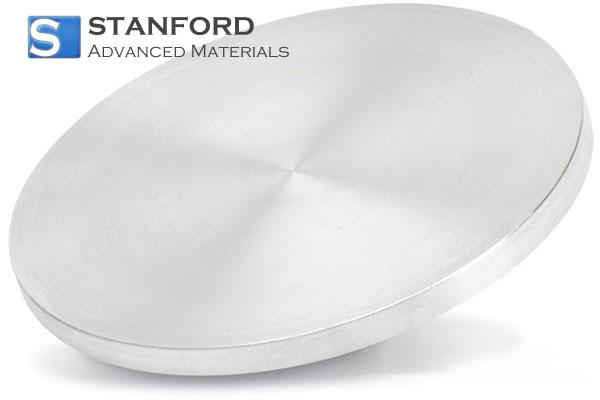
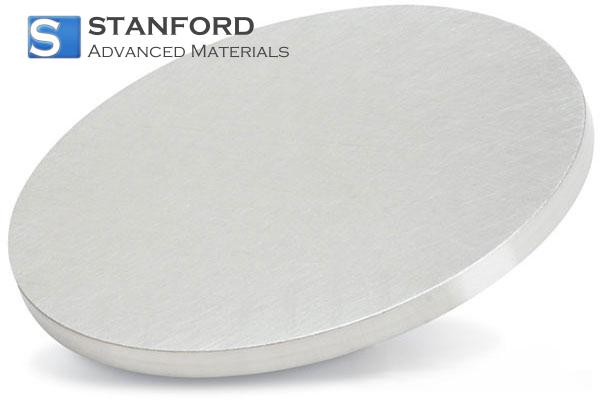
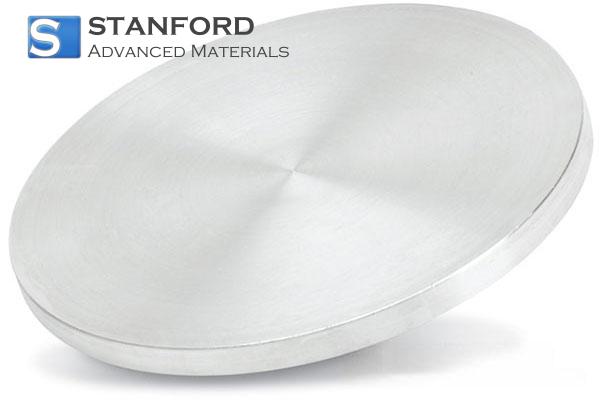
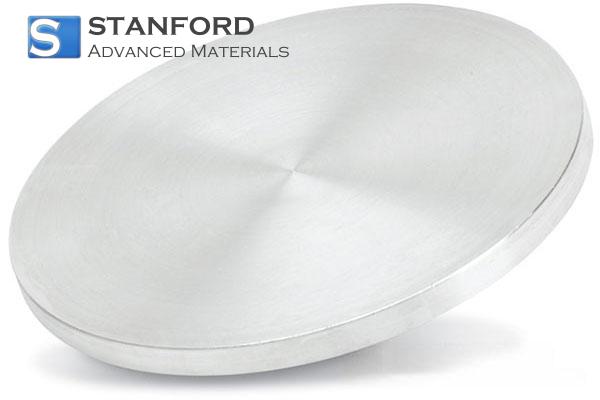
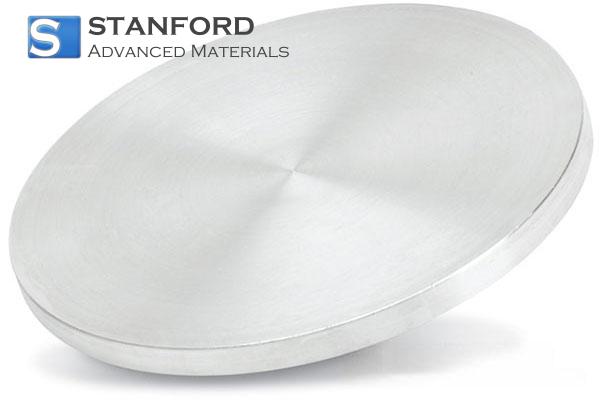
 Chin Trento
Chin Trento

